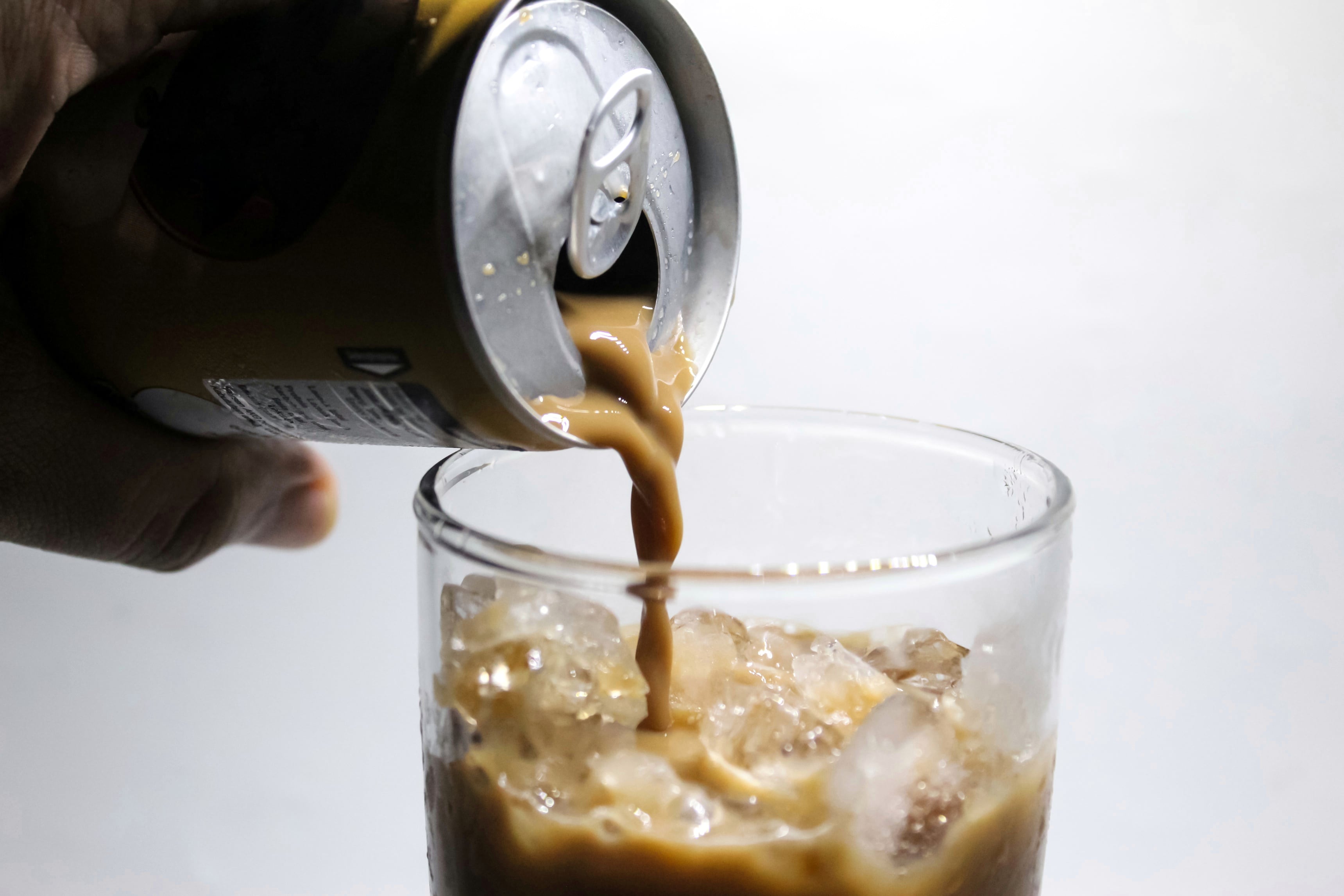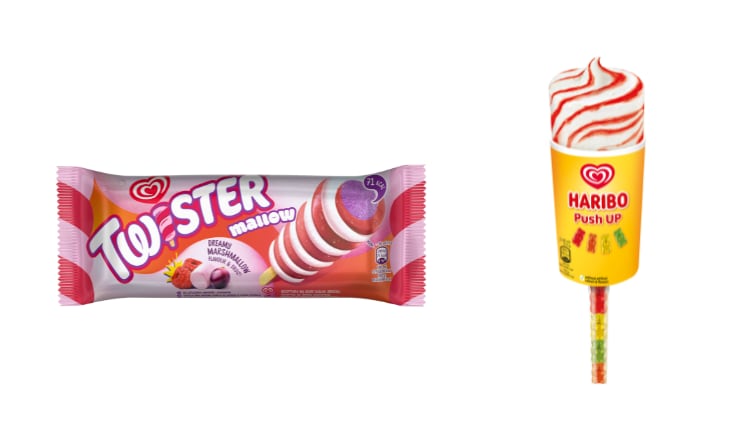UK Less Healthy Food (LHF) legislation is aimed at restricting the promotion of products high in fat, salt, and sugar (HFSS).
Under the new rules, paid online advertising will be restricted, and TV ads banned before 9pm, but only for HFSS products in 13 defined categories, including chocolate, crisps, sugary cereals, and ice cream.
Although the legislation won’t take effect until October 2025, its impact is already being felt — from reformulated recipes to changes in packaging and product placement. For manufacturers, this is more than a compliance issue, it’s an opportunity to rethink products, drive innovation and stay ahead.
Reformulate, reimagine or risk falling behind
For many brands, the initial response to LHF legislation has been to reformulate products to meet nutritional requirements. This shift has driven significant investment in research and development, with companies like PepsiCo and Dr Pepper leading the way by expanding their portfolios with more ‘diet’ and ‘zero’ options, variants that are quickly becoming the default. It’s telling that many consumers now refer to regular Coke as ‘full-fat’ - a reflection of shifting preferences driven by health awareness.
Reformulating indulgent foods, however, is more complex. In products like baked goods or chocolate, even small recipe changes can affect taste and texture - risks many brands can’t afford. That’s why businesses like Urban Legend, which has launched HFSS-compliant doughnuts and cake pots without sacrificing indulgence, have gained attention.
Still, reformulation brings new challenges. Ingredient lists often grow longer and some consumers see that as an indicator that the product is over-processed or artificial.
That’s why successful reformulation must go hand-in-hand with effective communication. Brands need to help consumers understand ingredient changes and frame them as improvements rather than compromises. In a competitive landscape, those who shape the narrative earn trust.
But it must be done carefully. Rushed changes risk alienating loyal customers and damaging brand reputation. By contrast, brands like McDonald’s have shown what strategic innovation can look like. Its McPlant burger, extensively tested before launch, proves that careful preparation can meet new expectations without sacrificing satisfaction.
Some manufacturers are choosing not to reformulate at all, instead keeping existing recipes and accepting limits on promotion. While this may offer short-term stability, it leaves space for more agile challengers to meet the growing demand for healthier, indulgent options.
Packaging: The silent spokesperson of your brand
LHF compliance doesn’t end with a product’s ingredients, it extends to how food is packaged and presented. Packaging design, once an afterthought, is now a key driver of both regulatory compliance and consumer trust.
Take front-of-pack traffic light labelling. Whether or not it drives purchase decisions, it clearly shapes perception. Even a small change in fat or sugar content can shift a label from red to orange, a subtle difference that may influence health-conscious shoppers.
In response, many brands are embracing simpler, more transparent packaging. Ingredient-led design, popularised by brands like Innocent Drinks, is gaining traction across the industry. M&S’s ’1 Ingredient’ range is another example, part of a broader effort to challenge perceptions of ultra-processed food. Still, authenticity matters. Today’s consumers quickly spot packaging that feels contrived or insincere.
Design is also becoming more data-driven, a necessary shift as advertising opportunities narrow. Techniques like A/B testing and programmatic design help brands refine elements like font, colour and image placement, ensuring packaging communicates clearly and compliantly on the shelf.
Health vs indulgence: Finding the sweet spot
Consumer desire for indulgence hasn’t disappeared, but it is evolving. Rather than replacing classic favourites, many brands are introducing HFSS-compliant alternatives alongside them. This approach allows legacy products to remain unchanged while broadening their appeal to health-conscious consumers.
Imagine oat bars next to chocolate, or protein-enriched ice cream beside classic vanilla. These aren’t substitutes, they’re complementary options designed for different preferences and occasions. The key is to position healthier alternatives as desirable, not lesser versions of the original.
This shift also creates opportunities for challenger brands. While legacy manufacturers must protect brand equity, newer players often have more freedom to experiment. In this evolving landscape, strong brand tracking and a clear identity are essential, especially as restrictions on traditional advertising continue to grow.
A new era of food manufacturing
LHF legislation marks a turning point for the industry, where a product’s nutritional profile matters as much as its positioning and story. While compliance is the immediate priority, long-term success will come to those who view this shift as a chance to innovate, adapt and grow.
Future-focused brands, whether creating new categories or reimagining familiar favourites, will stand out not by resisting change, but by leading it. With the right combination of insight, creativity, and strategic action, manufacturers can turn regulation into a competitive edge.




